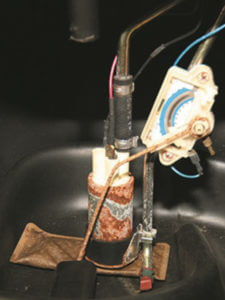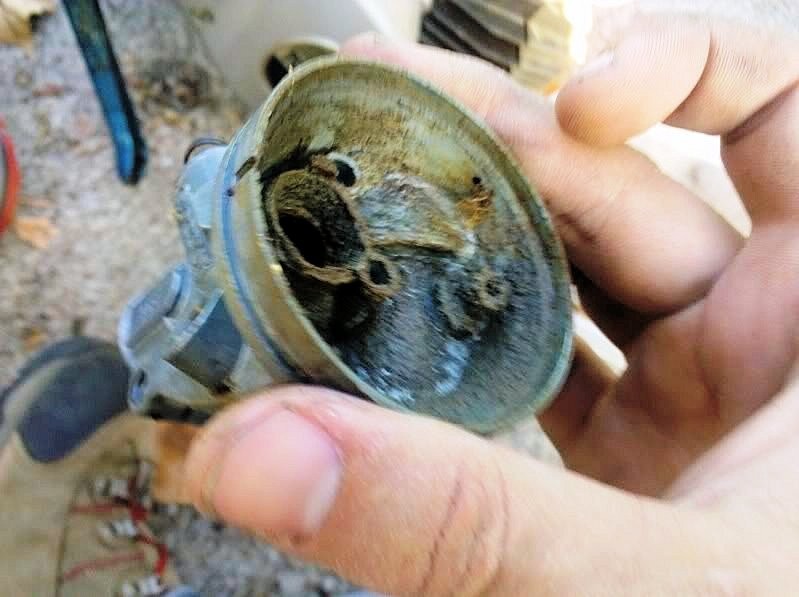jhempel01
RVF Regular
- Joined
- Dec 11, 2019
- Messages
- 7
- Location
- Peachtree City, Georgia
- RV Year
- 1997
- RV Make
- Coachmen
- RV Model
- Catalina Class A Motorhome
- RV Length
- 34'
- TOW/TOAD
- Honda Pilot
We were left stranded due to a fuel pump failure. We had to have it towed 99 miles home. AAA covers 100 miles, so we were lucky it happened where it did.
I learned that the holding tanks are mounted above the fuel tank, so access from the top was not an option. I bought a low pressure electric fuel pump to empty the tank into numerous gas cans and removed the tank. I had the tank cleaned and relined before replacing the pump. I also added an external pump fed off of a port at the bottom of the tank, then ran it to a T fitting I added in the main fuel line. I added two switches in the dash to select either the in tank or external pump. I cycle them occasionally to avoid having fuel go stale in the external pump.
From what I have read on numerous forums, the F53 chassis is prone to the fuel pump failure. I highly recommend adding a backup external pump to avoid being stranded as we were.
I learned that the holding tanks are mounted above the fuel tank, so access from the top was not an option. I bought a low pressure electric fuel pump to empty the tank into numerous gas cans and removed the tank. I had the tank cleaned and relined before replacing the pump. I also added an external pump fed off of a port at the bottom of the tank, then ran it to a T fitting I added in the main fuel line. I added two switches in the dash to select either the in tank or external pump. I cycle them occasionally to avoid having fuel go stale in the external pump.
From what I have read on numerous forums, the F53 chassis is prone to the fuel pump failure. I highly recommend adding a backup external pump to avoid being stranded as we were.














